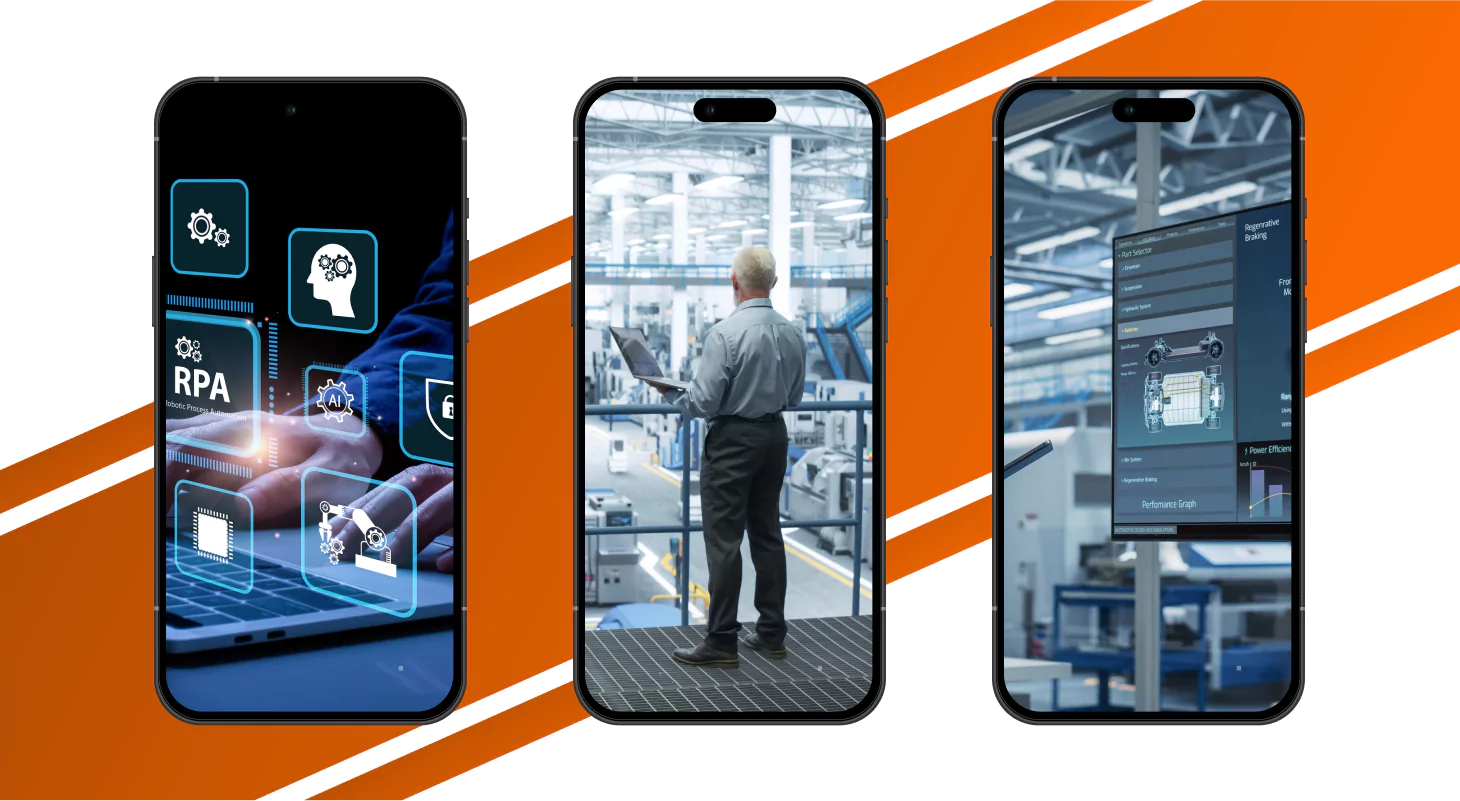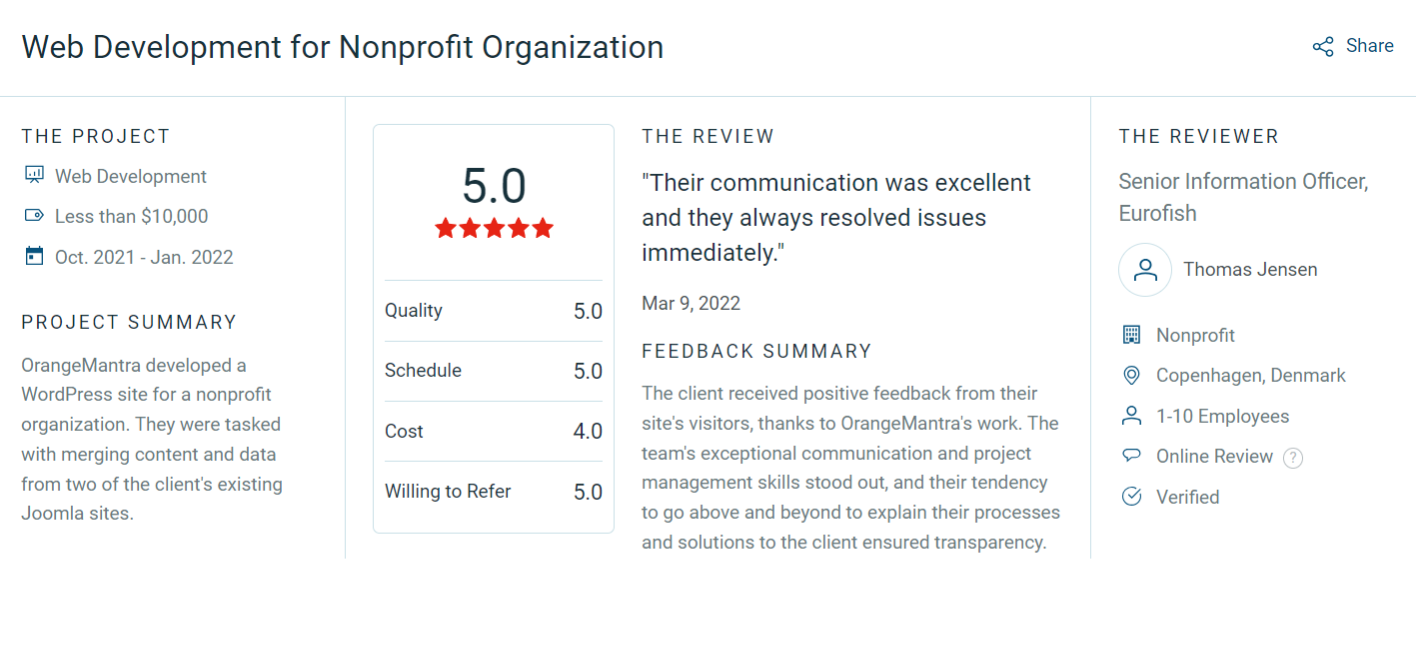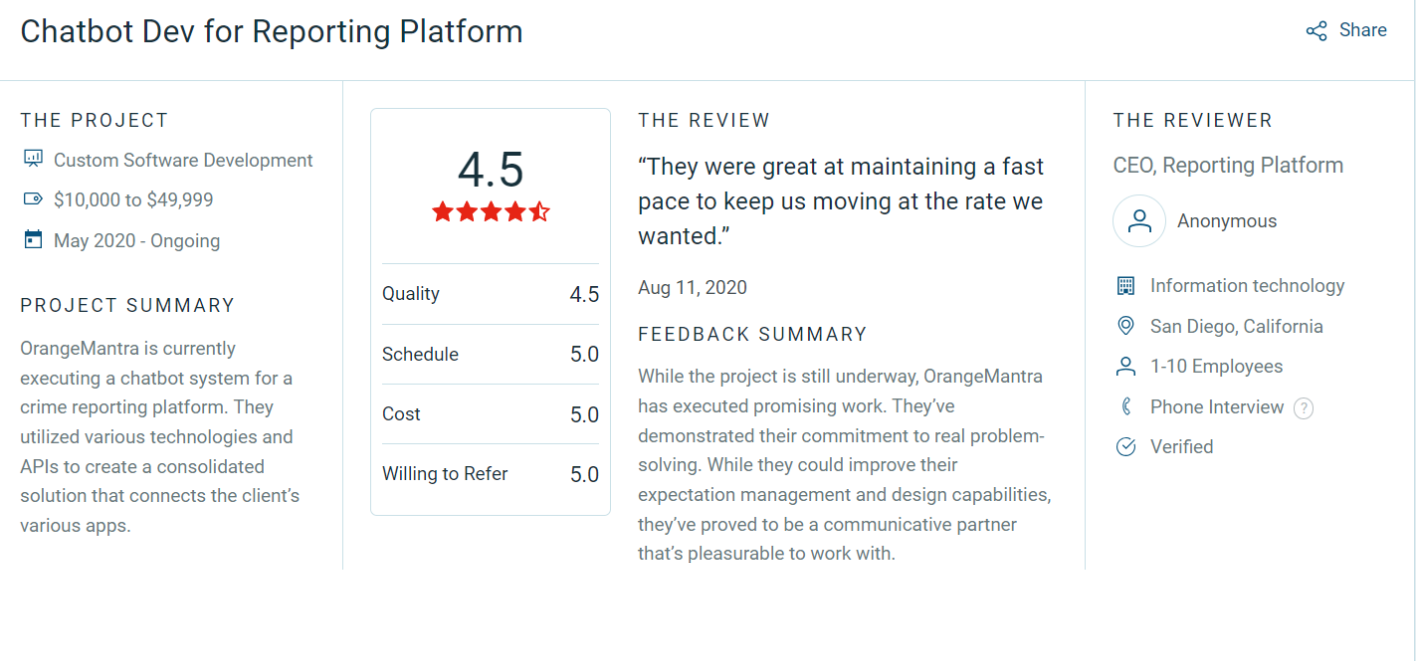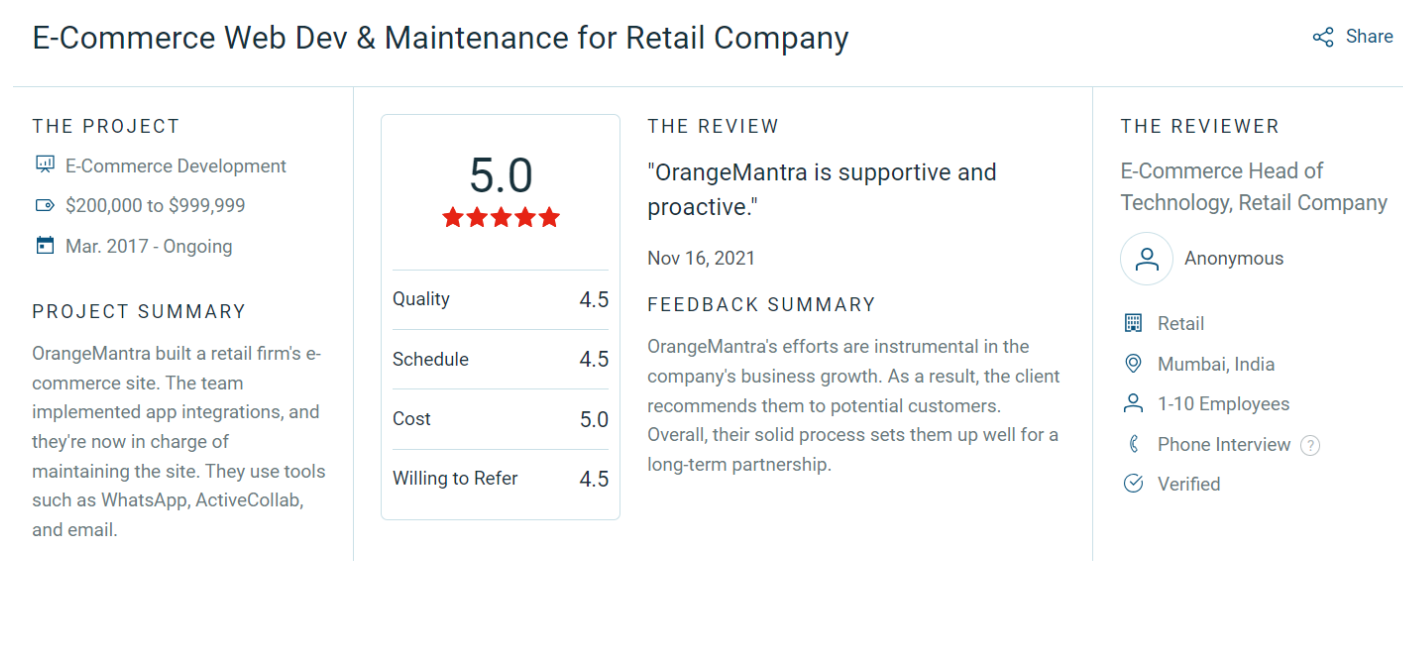The Problem – Unplanned Downtime Disrupted Production & Cost Millions
The client’s plants run 24/7 across continents, with heavy reliance on robotic arms, conveyor systems, and industrial presses. The scheduled maintenance wasn’t enough. Machines often failed between checks and hours of production halted. There was no early warning before the equipment failure. The repair was also costly. Poor visibility into machine health has made data maintenance cycles inefficient.











